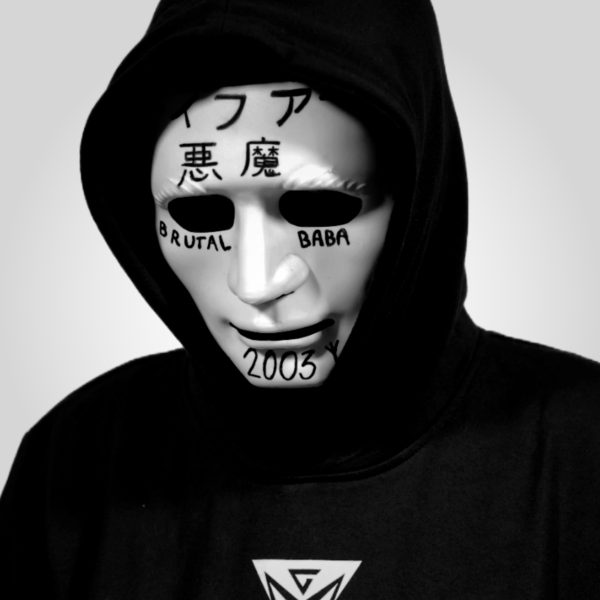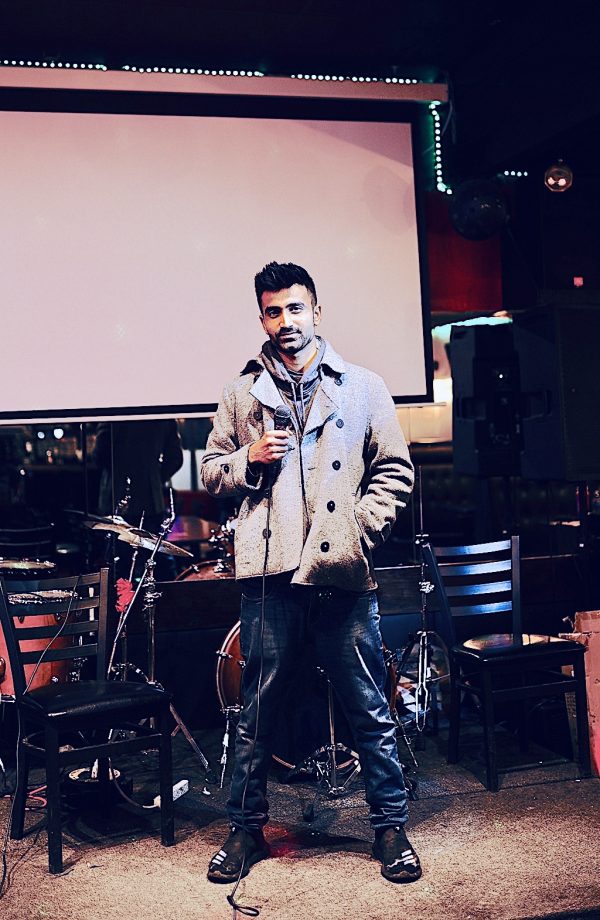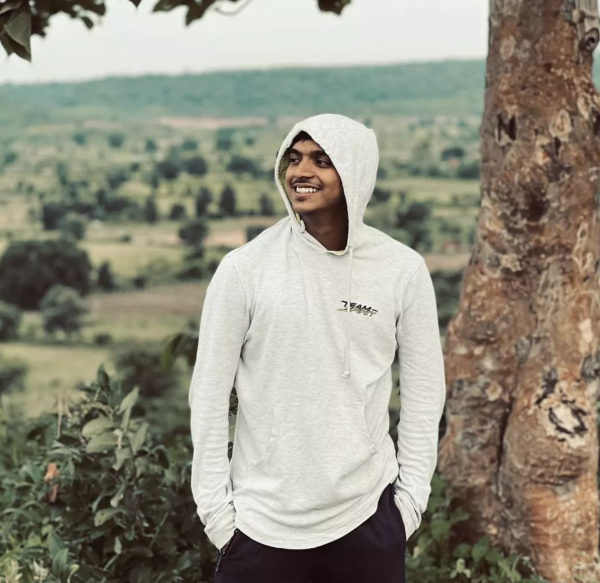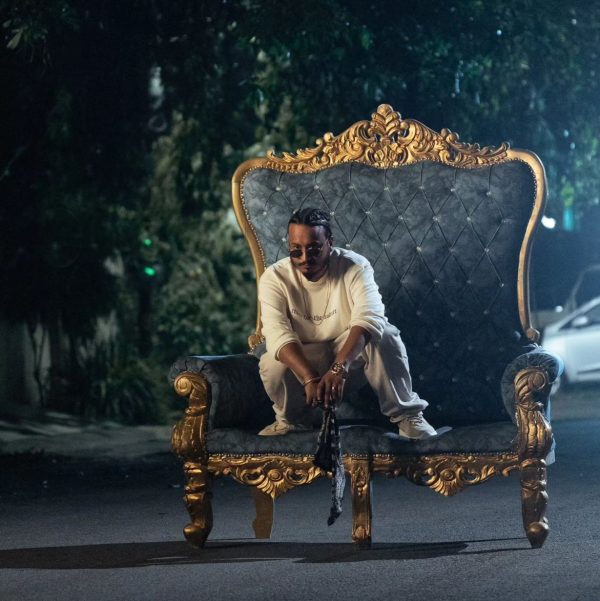Ruhaan79 is a rapper, singer and songwriter hailing from Jaipur. He is known for his disparate style of creating introspective, conscious and playful music and blending simple yet dark sounds in his music. He recently released his third studio album titled ‘Birthmarks & Scars’, which is a part of his album series called ‘Kaidi Universe’. Read more to find out about his album, the themes and sonics around it, his creative and collaborative process and future plans!
1. Tell us about the theme of your recent album “Birthmarks & Scars”.
“Birthmarks & Scars” is a self-reflection on the habits that keep us trapped in fear, scarcity, insecurity, guilt, escapism, and grief. By examining these habits, the album empowers us to break free and become new versions of ourselves. These habits are often shaped by past experiences, traumas, or conditioning, which is where the ‘Scars’ come in. Birthmarks represent the unique qualities we’re born with. So, the album explores how the habits and limitations life throws at us, along with the fear they create, can be observed and ultimately overcome, leading to liberation.
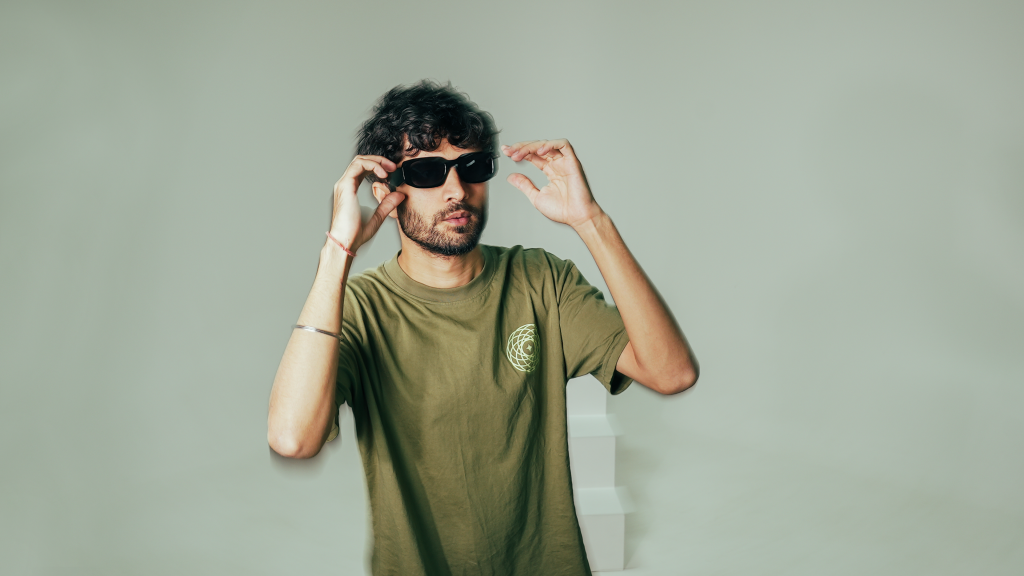
2. The cover art of the album is very unique, can you tell us about what it signifies?
Well, initially I was thinking of working on a dope artwork with a collage of my pictures, but when I discussed it with Rajdeep, he said that the album has multilayers and we can name something meaningful with geometric figures. We worked on this artwork for around 6 months and easily we made 50 variants and finally chose the one that was published. The artwork is a play on the theme of vivid perspectives and experiences of one’s life. Inspired by M.C. Escher’s take on perspective, Rajdeep infuses illusions with different scenes depicting dark depths, hollow success, intimate happiness, escapes, and personal growth. These are a nod to the album title itself: Birthmarks represent one’s innate talent, thoughts, and choices in life, while scars bring lessons with pain, confusion, and vivid situations.
The symbol, a section of the isometric grid that allows for such illusionistic perspective drawings, personifies multiple perspectives in one object, depending on where or how you view it, much like various situations in life. The Jail in the artwork represents fear, isolation, hopelessness, and escape. The Pool represents glamour, lust, success, fun, and loneliness. The Mahal represents love, comfort, and grandeur. Any part of the story or artwork does not represent good or bad; it just reflects reality. Overall, the artwork brings to light the subtle stories of the album and the larger journey of life.
3. Tell us about the collaborations on the album. How do you find and place like-minded artists for the album?
I’m always curious about new sounds and the people who create them. If I like something then I do appreciate them by reaching them in their inbox. And I feel the same is done by other people as well. I never looked for anyone I have worked with, I just happened to discover them randomly, I connected and we clicked on something and thought the whole dance we brought out the art we created together. I’m glad that I found these artists who are always curious and want to make quality stuff, be it DAKSH, D Materials, ATHRV, S-Beats, TripTonic, and also the features of Palaq, Doleshwar, HYNS and Distorted.808.
4. The album is a part of the ‘Kaidi Universe’ series. Can you tell us more about that?
This album is part of a larger project called the “Kaidi Universe” series. When I was working on my first album, I learned about the concepts of the superego, ego, conscious, and unconscious mind. I realised this framework could be a powerful way to express the music I wanted to create. The conscious part, representing human identity and limitations, becomes ‘Ruhaan’ (Soul). The Id, shaped by society and the identity given by others, is Rajat (my given name). Between these two identities struggles a character named ‘Kaidi’ or prisoner, who wrestles with the unconscious and conscious, right and wrong, and can sometimes be anti-establishment. All three albums in the Kaidi series explore the inner and outer struggles of this character.
5. What is your creative process like? How do you curate your projects?
My creative process starts with the songs themselves. Ideas and pieces of music come to me, and I try to put them together as perfectly as possible to create something that reflects my own consciousness. I prioritize every aspect of the project, from writing and melodies to depth, style, music production, mixing and mastering, and even the visual identity. I enjoy shaping the entire project into a cohesive whole, where everything complements each other.
6. The music production in your projects always stands out, how do you work with different sounds and production styles?
The music production in my projects is always distinctive. I’m passionate about music in general, not just hip-hop. In my songs, music isn’t just a background track supporting the vocals; it’s a core character alongside the lyrics. I’m constantly exploring new sounds and experimenting with what I can create with them. Sometimes, I might not like a sound or style at first, but by giving it time, I can find the beauty in it. This process of exploration, experimentation, and embracing mistakes ultimately leads me to what works best for a particular song or project.
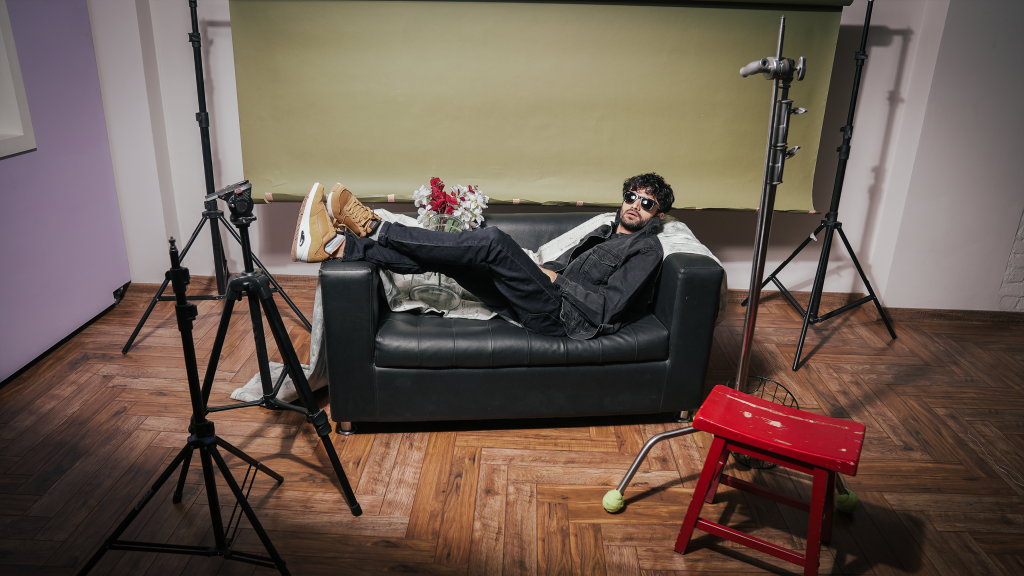
7. What are your influences? How did you start rapping?
Even as a child, I would replace misheard lyrics in songs with something fresh and random. This eventually developed into a skill, and I started writing whole songs. In high school, a friend challenged me to write a song. When he heard it, he told me it sounded like rap and introduced me to hundreds of rap songs by artists like Eminem and Bohemia. He even loaded them onto a memory card for me! I remember listening to them for hours on end, and that’s what sparked my desire to become a rapper. My early influences included Bohemia, Eminem, and Linkin Park.
8. Tell us about your journey as an artist. What benchmark are you aspiring for? What is success for you?
I started rapping in early 2011, but for many years, I wasn’t serious about it. I would daydream about it, but I never fully committed. In 2013, I started writing for other artists and considered making my own album. I released my first EP in 2015 under Saga Music but under a completely different artist name. As I grew as a person and musician, I recreated myself as Ruhaan79 and developed my alter egos. With this new identity, I released my first album in 2019, and since then, I’ve been making music seriously. I’ve released three albums, and three EPs, and ghostwritten dozens of songs in multiple languages.
My goal is to reach a point where my music creates a sustainable ecosystem that allows me to live comfortably off of it, while also giving me the freedom to create the music I want and collaborate with artists I admire. Success, for me, is living with this kind of freedom. While I already feel successful now, achieving that scenario is what I’m truly aiming for.
9. Tell us about your future plans. What do we get to see from your side this year?
So far, I’ve primarily focused on solo projects such as Ruhaan, collaborating only with beat makers. This year, I want to collaborate with as many artists as possible to create something fresh. I’m also aiming to explore new sounds and perform my new album live across the country. Additionally, I’m planning to curate art events and work on building a platform to showcase art. In the future, you can expect a lot of collaborations, experimental sounds, and of course, the OG Ruhaan.


